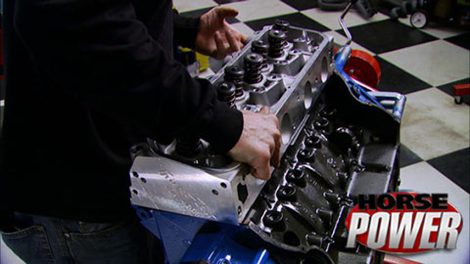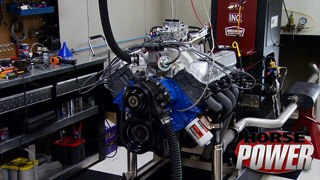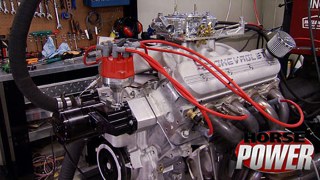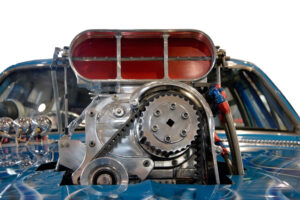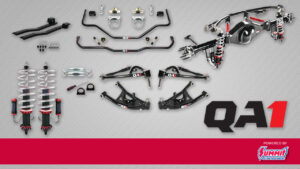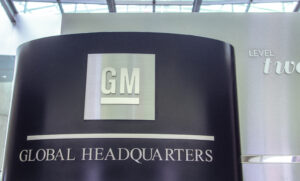More Ford 460 Big Block Episodes
HorsePower Builds
Want more content like this?
Join the PowerNation Email NewsletterParts Used In This Episode
Comp Cams
Custom grind hydraulic roller camshaft and lifters specs by Jon Kaase Racing Engines, Inc.
Federal-Mogul Corporation
Fel-Pro Performance exhaust, valve cover, oil pan, intake and head gaskets.
Moroso
7 quart capacity, "Eliminator" Pan, Ford 429-460 1979-95 Mustang and other Fox Chassis. Oil pump pickup and dipstick.
Percy's High Performance,Inc.
Adjust-A-Jet Metering Block, Fits 2300, 3310, 4150, 4160, 4150HP Gas.
Trick Flow Specialties
Trick Flow PowerPort Street/Strip Cylinder Heads for Ford 429/460. 72cc combustion chambers.
Trick Flow Specialties
Rocker Arms, Stud Mount, Full Roller, Aluminum, 1.73 Ratio, Fits 7/16 in. Stud, Ford, 429-460, Set of 16.
Trick Flow Specialties
Valve Covers, Tall, Fabricated Aluminum, Natural, Trick Flow Logo, Ford, Big Block.
Honest Charley
World's Oldest Speed Shop located in Chattanooga, TN.
Jon Kaase Racing Engines, Inc.
Custom spec grind camshaft, double pinned camshaft and timing set, bronze thrust plate, & modified oil pump.
Napa Auto Parts
-4 JIC to Pipe Fittings (3)
Napa Auto Parts
1/4" Fuel injection hose 15 Ft.
Napa Auto Parts
3" Exhaust Clamp
Napa Auto Parts
Oxygen Sensor (2)
Napa Auto Parts
Coolant Temperature Sensor
O'Reilly Auto Parts
Exhaust Clamps 4" (4)
O'Reilly Auto Parts
Valve Cover Gaskets
O'Reilly Auto Parts
One piece oil pan gasket
O'Reilly Auto Parts
1/4" Fuel Hose 15 Ft.
O'Reilly Auto Parts
4" Hose Clamps (2), 10W30 Motor Oil (6), Grommet Assortment, vacuum caps (2)
O'Reilly Auto Parts
Battery Terminal Ends (2)
O'Reilly Auto Parts
3" Exhaust Strap Clamp (3)
O'Reilly Auto Parts
Case Brake Cleaner
O'Reilly Auto Parts
Oxygen Sensor
O'Reilly Auto Parts
Oil Pressure Sensor
O'Reilly Auto Parts
Oxygen sensor (2)
O'Reilly Auto Parts
MAF Sensor
O'Reilly Auto Parts
Spark Plug Wire Set
O'Reilly Auto Parts
Spark Plug Wire Set
O'Reilly Auto Parts
Spark Plug Wire Set
Sensors, Inc.
EPA Certified Mobile Emisssions Testing.
